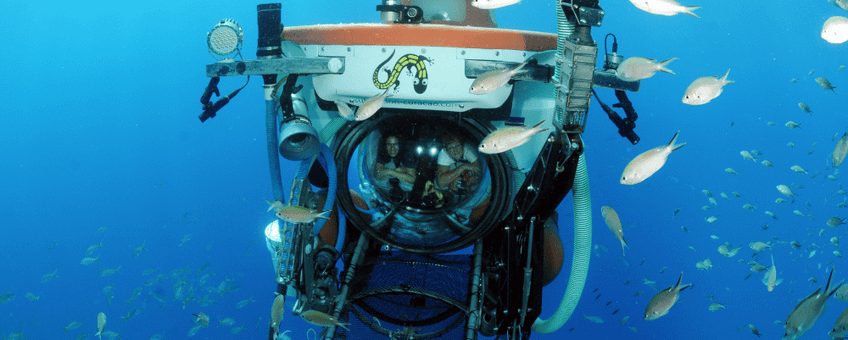
Discoveries in the Twilight Zone
Dutch Caribbean Nature Alliance (DCNA)Mesophotic reefs, receiving less sunlight than their shallow counterparts, are home to unique species adapted to these lower light levels. Conducted off the coasts of Curaçao and Klein Curaçao, 26 sponge specimens representing 11 different species were collected from depths ranging from 90 to 188 meters (with the exception of one species collected at 13 meters). These specimens were analyzed using transmission electron microscopy (TEM) and high-throughput sequencing to uncover their microbial populations.
Microbial Marvels
This research identified significant differences in the microbial communities associated with high microbial abundance (HMA) and low microbial abundance (LMA) sponges. HMA sponges were found to be more diverse and richer in microbial species compared to their LMA counterparts. Machine learning techniques further identified key bacterial classes predictive of HMA or LMA status, highlighting the ecological complexity of these mesophotic sponge communities.
Ecological Significance
These findings are crucial for understanding the role of mesophotic reefs in marine ecosystems. Mesophotic reefs act as refuges for species threatened in shallower waters, contributing to the resilience and recovery of coral reef ecosystems. They also serve as a buffer zone, providing a source of coral larvae and other marine organisms that can repopulate damaged shallow reefs.

Conservation Implications
The study underscores the importance of protecting mesophotic reefs as part of broader conservation efforts in the Dutch Caribbean. Given their unique biodiversity and ecological functions, these reefs are vital for the health of the entire marine ecosystem. Conservation strategies must prioritize these deeper reef systems to ensure the sustainability of marine life in the region.
Collaboration
The study was a collaborative effort between University of Aveiro, University of Amsterdam, Naturalis Biodiversity Center and Leiden University. The study was part of a broader research program supported by the Netherlands Organization for Scientific Research (NWO) and the Portuguese Foundation for Science and Technology (FCT).
Text: Dutch Caribbean Nature Alliance
Images: Daniel FR Cleary and Substation Curacao; Nicole de Voogd




